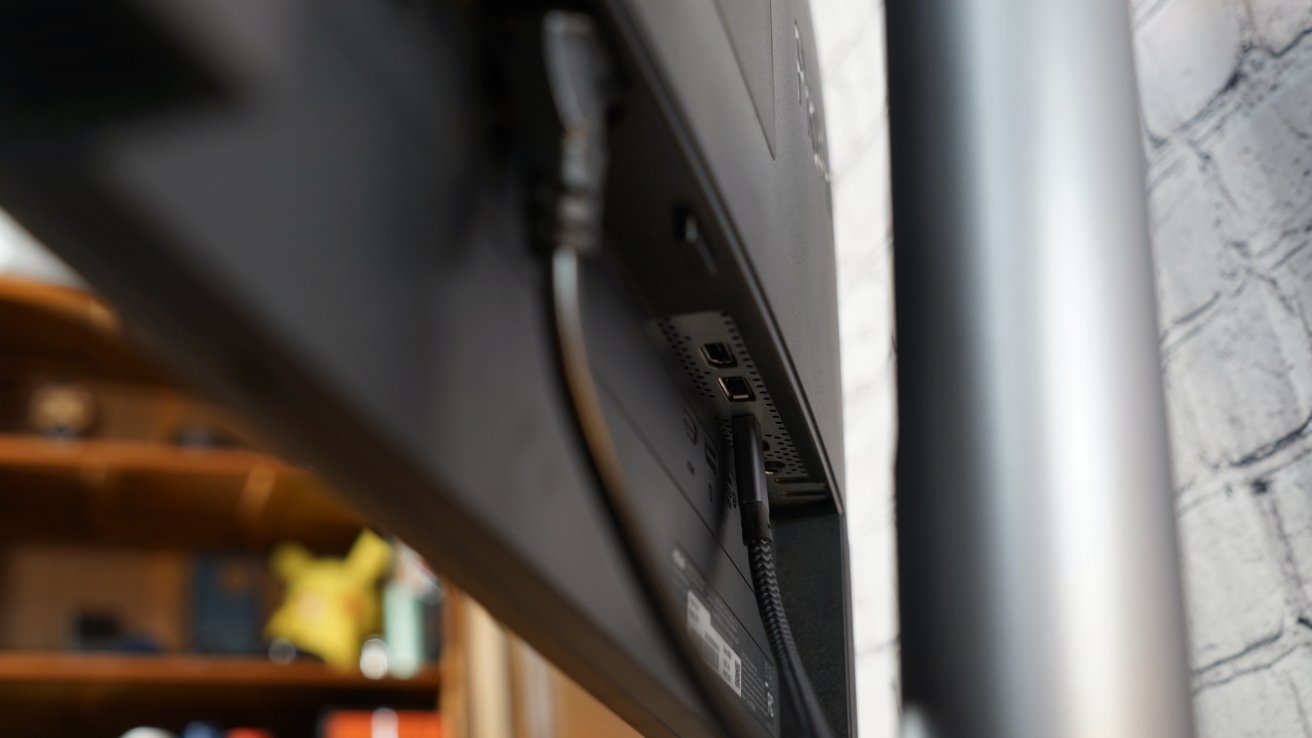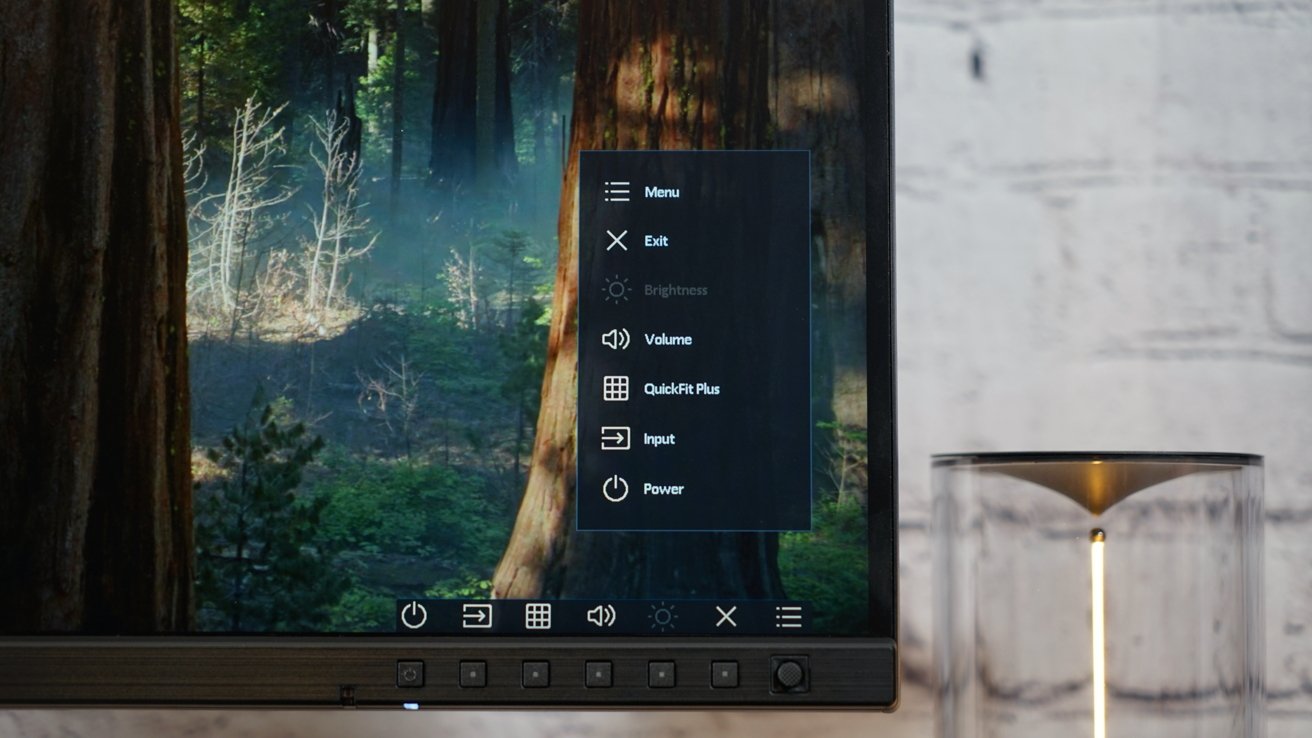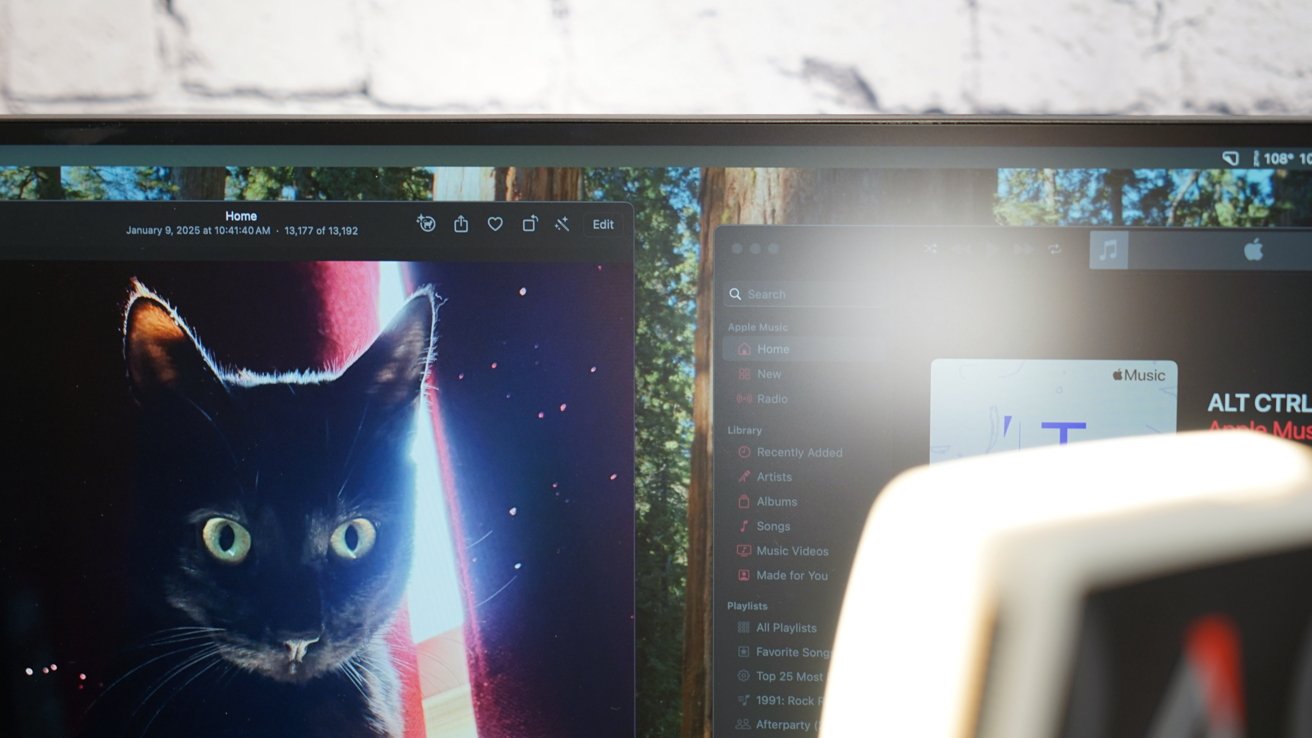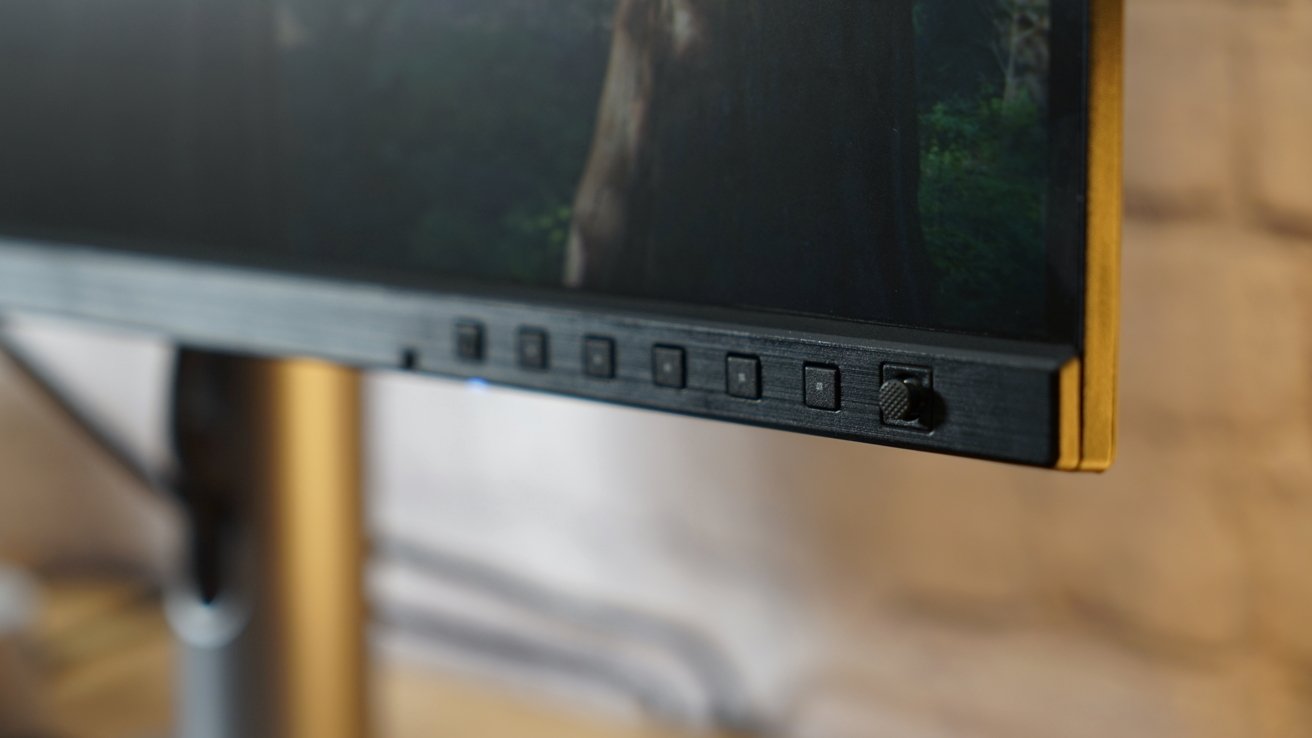This website may contain affiliate links and advertising so that we can provide recipes to you. Read my disclosure policy.
Kickstart your day with this hearty Amish Breakfast Casserole! It’s loaded with crispy bacon, tender hash browns, and gooey melted cheese. This dish is a crowd-pleaser that’s perfect for family breakfasts and holiday mornings!


Reasons You’ll Love This Recipe
- Quick and Easy: This Amish breakfast casserole takes just 5 minutes of prep, then you can relax while it bakes. Perfect for stress-free mornings!
- Customizable: Make this recipe to your liking by adding your favorite veggies, swapping out the cheese, or changing up the meat. The possibilities are endless!
- Versatile: Ideal for meal prep or a festive Christmas morning spread. Pair it with sweet monkey bread, fruit salad, and/or sheet pan pancakes for the ultimate holiday brunch.
Simple and Delicious
If you want to give your kids a warm, hearty breakfast with little effort, this is the recipe for you. You can prepare this ahead of time, throw it in the oven in the morning, and have a delicious, satiating meal for you and your family. It’s great for the holidays and family gatherings as well.
Ingredients Needed
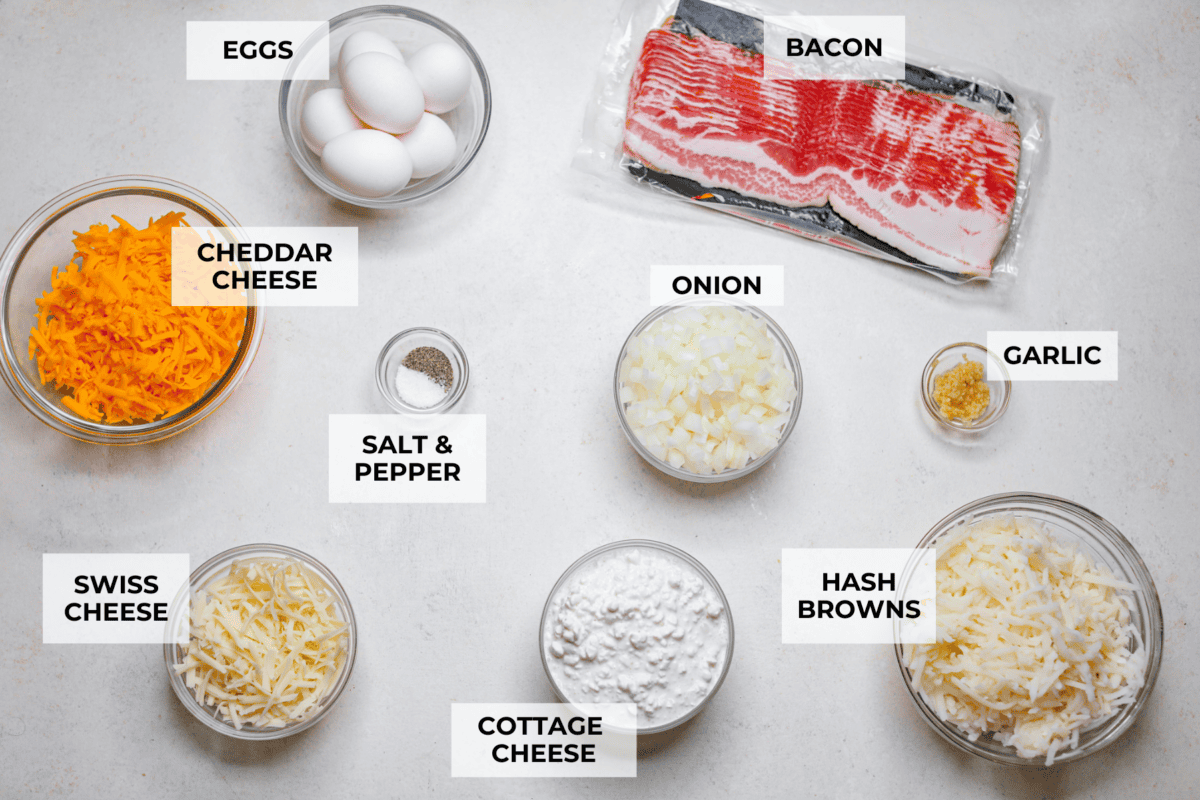

How to Make Amish Breakfast Casserole
This recipe comes together fairly quickly. You just need to cook the bacon, sauté the veggies, and mix everything together. Then, let the oven do all the work. You can even prepare it the night before so you can throw it in the oven when you’re ready to eat it!
- Cook the Bacon: Preheat the oven to 350ºF, spray a 9 x 13 x 2-inch or 3-quart baking dish with pan spray, and set aside. Dice the bacon and cook in a large skillet over medium-high heat until most of the bacon is crisp.
- Sauté the Onion: Add the onion to the skillet and cook it with the bacon for 2-3 minutes, until it begins to soften.
- Cook the Garlic: Add the garlic and cook for 1 more minute. Use a slotted spoon to remove it from the pan and transfer it to a paper towel-lined bowl or plate to drain.
- Mix Ingredients: Combine the eggs, hash browns, cheddar cheese, Swiss cheese, cottage cheese, salt, and pepper in a large bowl.
- Add the Bacon Mixture: Stir in the bacon mixture, then transfer everything into the prepared baking dish. If desired, top with a handful of additional cheddar and Swiss.
- Bake: Place in the oven and bake for 35-40 minutes. Or until all the cheese is melted and a knife comes out clean from the center. Let the Amish breakfast casserole sit for 10 minutes before serving.












Breakfast Casserole Tips and Variations
I love how simple it is to customize this recipe to suit your tastes. Here are a few suggestions to inspire you!
- What type of hashbrown should I use? I used shredded frozen hash browns, but you can use diced or even tater tots if you want. Cooled, diced-up baked potatoes would even work.
- Do you HAVE to use cottage cheese? For this recipe, you really should! If you don’t like the texture of the cheese curds, try blending it smooth before adding the cottage cheese to the potato mixture.
- Try some additional add-ins! Dice up some bell peppers or mushrooms and cook them with the onions. Or add diced ham or crumbled sausage with the bacon!


Make Ahead and Leftover Instructions
- In the Fridge: Keep leftover Amish breakfast casserole covered tightly with plastic wrap or an airtight container in the fridge for up to 5 days. Reheat in the microwave in 30-second increments until fully heated through.
- Make Ahead: You may prepare this casserole the night before, cover it with plastic wrap, and store it in the fridge. You may need to add additional baking time to ensure the casserole is fully baked through because it will be chilled.
- In the Freezer: You can freeze this casserole either before or after baking it for up to 3 months! Be sure to let it cool completely before wrapping it tightly in 3-4 layers of plastic wrap, followed by a layer of heavy-duty aluminum foil. Let the casserole thaw overnight in the fridge before baking it at 350ºF for at least 45 minutes or until the center reaches 165ºF.


More Delicious Breakfast Casseroles
Whether you’re looking for sweet or savory breakfast casseroles, we’ve got plenty of tasty options! Here are a few of my family’s favorites to try.
Pin this now to find it later
-
Preheat the oven to 350 degrees Fahrenheit, spray a 9 x 13 x 2-inch or 3-quart baking dish with pan spray, and set aside.
-
Dice 1 pound baconand cook in a large skillet over medium-high heat until most of the bacon is crisp.
-
Add 1 ½ cups diced onion, to the skillet and cook it with the bacon for 2-3 minutes, until it begins to turn translucent. Add 2 teaspoons minced garlic, and cook for 1 more minute. Use a slotted spoon to remove it from the pan and transfer it to a paper towel-lined bowl or plate to drain.
-
Combine 6 large eggs, 3 cups shredded hash browns, 2 cups shredded cheddar cheese, 1 cup shredded swiss cheese, 1 ½ cup small curd cottage cheese, ½ teaspoon salt, and ¼ teaspoon ground black pepper in a large bowl.
-
Stir in the bacon mixture, then transfer everything into the prepared baking dish. If desired, top with a handful of additional cheddar and Swiss.
-
Bake for 45-50 minutes, until all the cheese is melted and a knife comes out clean from the center. Let the casserole sit for 10 minutes before serving.
Calories: 455kcalCarbohydrates: 16gProtein: 22gFat: 33gSaturated Fat: 14gPolyunsaturated Fat: 4gMonounsaturated Fat: 12gTrans Fat: 0.1gCholesterol: 166mgSodium: 736mgPotassium: 402mgFiber: 1gSugar: 2gVitamin A: 520IUVitamin C: 7mgCalcium: 312mgIron: 1mg
Nutrition information is automatically calculated, so should only be used as an approximation.
This story originally appeared on TheRecipeCritic















